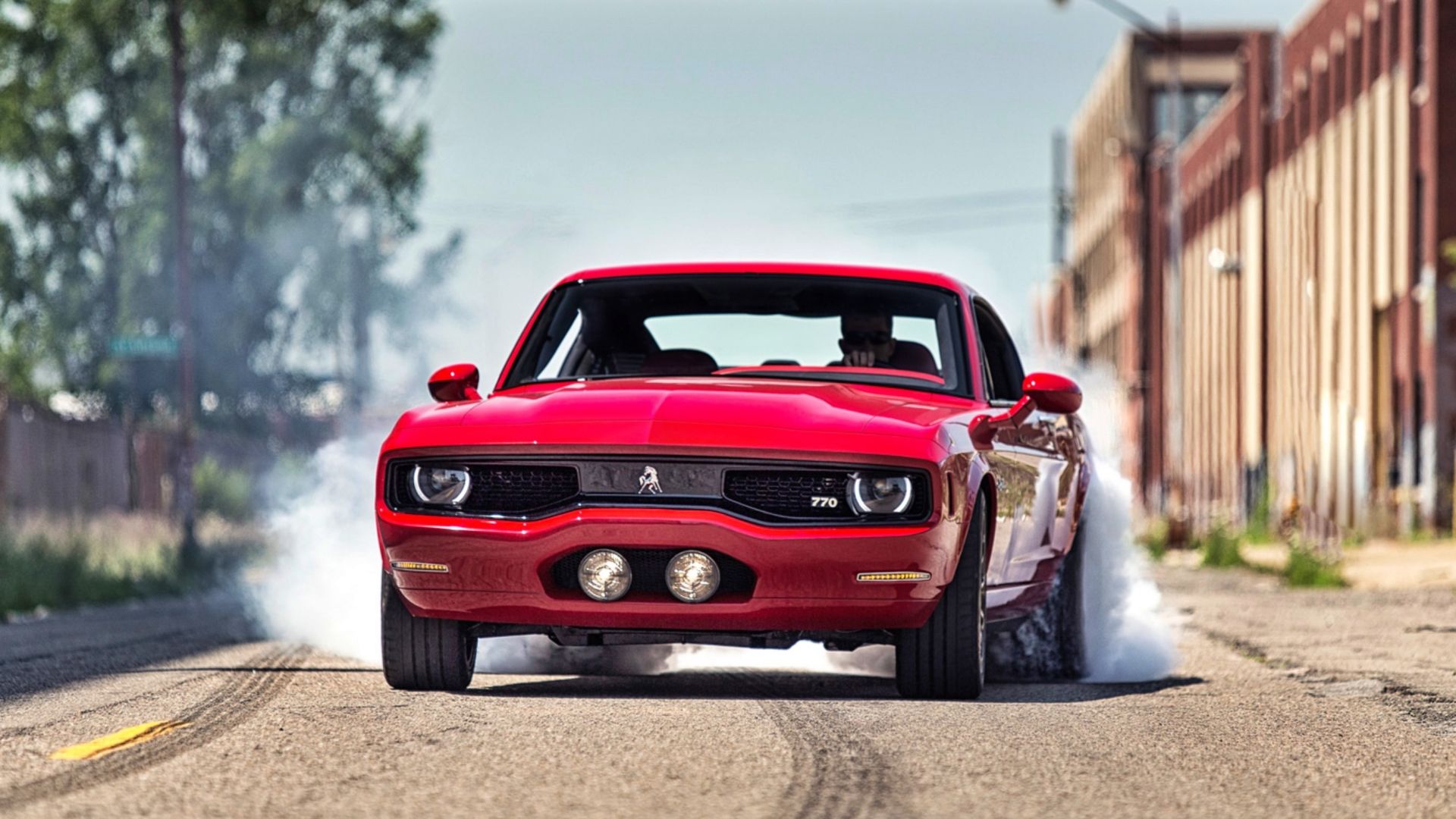30 years ago American manufacturers dominated the outboard motor market.Names such as Mercury, Johnson, Evinrude and Chrysler, led the field competing with each other to produce bigger and better outboard engines. However, while this was going on they were neglecting the smallest of the outboards. These are the outboard motors that sell in the greatest of numbers and are often the first outboard many of us, buy. This being the case many of us stick to the same brand (brand loyalty) as we buy other bigger outboards over the years. The Japanese seized on this fact and gradually Honda, Yamaha, Suzuki and Tohatsu concentrating on small outboards began to take over as market leaders. They achieved this domination by improving efficiency and reliability. As well as adding features to these small outboards previously only found on larger engines.
Having achieved success in the small outboard market, these Japanese manufacturers expanded up the power range. They again came to dominate the outboard engine market up to at least 20 hp. The American manufacturers instead of competing with the Japanese, gave up and decided to buy these engines from the Japanese and badge them as their own. Now the Chinese have entered the market. Basically doing what the Japanese did previously, copying the best features of the present engines and at the same time keeping costs down.
So let us compare the outboards that are on offer for those looking for an outboard motor for their dinghy. If we take a fairly larger dinghy say, a Pioner 12, so that each outboard has to push a reasonably heavy weight through the water. If we then take the following outboard motors :
Mercury 2.5hp; Mercury 3.5hp; Mariner 2.5hp; Tohatsu 3.5hp; Yamaha 2.5hp; Suzuki 2.5hp; Honda 2.3hp; and a Parsun 2.6hp. All these outboards are 4 stroke engines. This is due to an E.U. Directive that prevents 2 strokes from being sold in the E.U. These outboards will provide a fairly wide range of engines available on the market, for powering dinghies.
To judge one engine against the another several tests were completed. A Bollard pull test showed that the Mercury 3.5hp and Tohatsu 3.5hp were the most powerful at 90lbs of thrust (These two engines along with the Mariner are virtually identical). The least effective was the Honda 2.3hp at 66lbs of thrust. In between were the Suzuki 2.5hp at 83lbs of thrust, the Yamaha 2.5hp at 78lbs of thrust and the Parsun 2.6hp at 70 lbs of thrust.
Next test was Fuel Consumption. At full speed – 5.75 knots, the best outboards were the Yamaha 2.5hp and the Suzuki 2.5hp by at least 20%. The worst was the Parsun 2.6hp. When the throttles were eased and the dinghy was cruising the Fuel Consumption comparison was less evident, only about 10% difference. All these figures are for 4 stroke engines. However, based on figures previously recorded for 2 strokes under similar circumstances, the older engines were up to 50% less fuel efficient at full speed. Very thirsty! Remember 2 stroke outboards are still available second hand.
Then the weight of each outboard motor was compared. Four stroke engines are heavier than older 2 strokes because of the powerhead etc. The Mercury, Mariner, Tohatsu, Yamaha and Parsun all weighed approx. 38 – 41 lbs (18 kg.). However, the Honda 2.3hp and Suzuki 2.5hp weighed a lot less at 28 lbs (12.5 kg.).
The price of each outboard motor was then compared. This was difficult to be accurate as discounts and sale offers are always changing.
Mercury 3.5hp £449
Mercury 2.5hp £380
Mariner 2.5hp £429
Tohatsu 3.5hp £449
Yamaha 2.5hp £489
Suzuki 2.5hp £379
Honda 2.3hp £429
Parsun 2.6hp £375
Although the Parsun was the cheapest and it is virtually identical the same engine as in the Yamaha 2.5hp, it is not as good. It is a bit like me following a Gordon Ramsay recipe, to the letter, but when compared side by side you just know that his is going to be that much better. The Chinese are able to copy, just like the Japanese did before them, but they have not got it right, yet!
Finally a little about each outboard tested. The Mercury, Mariner and Tohatsu are the same engine. Starting settings for the throttle are easy to understand with the choke and stop button clearly labelled. The petrol on/off tap is not so clearly marked. All these motors have gears. Ahead and neutral then using the 360 degree rotation you can get astern thrust. There are 4 tilt positions and a shallow water ability. Oil levels can be easily checked by viewing the indicator on the side of the engine cover.
The Yamaha 2.5hp also had easily understood starting and stopping settings but the oil level gauge was out of sight under the engine casing cover. As with the Mercury outboard the Yamaha 2.5hp has gears, ahead and neutral with 360 degree rotation. Unlike the Mercury which has a shear pin, the Yamaha has a rubber hub at the propeller, so no shear pin to break.
The Suzuki 2.5hp is as above but with the oil gauge easily viewed at the side of the cover. The propeller has a shear pin with spares stowed under the engine cover.
The Honda 2.3hp is not water cooled like all the other outboards tested. It is aircooled and has no gears. Instead it uses a centrifugal clutch. This makes starting and maneuvering more difficult than the others. It simply takes a bit of getting used to it. The oil gauge is out of sight under the cover. The propeller has a shear pin with spares kept under the engine cover.
Finally the Parsun 2.6hp, a copy of the Yamaha 2.5hp but not as good. However it is the cheapest engine when new. Fuel consumption was its biggest draw back.






More Stories
Are Thumpstar Pit Bikes Reliable?
Subaru Impreza – What’s Latest for 2012?
Two Brothers Racing – Evolution of a Motorcycle Exhaust Manufacturer